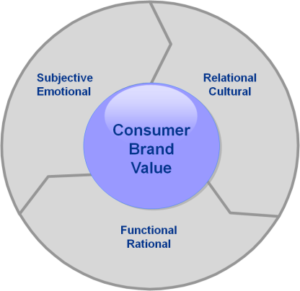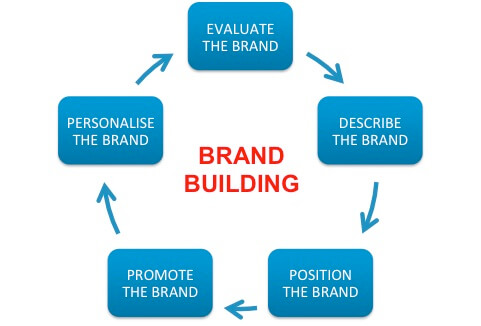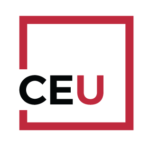Whenever several people ask me to share my strategies for achieving business growth, it indicates that something significant is happening in the marketplace.
This is precisely what happened to me a few months ago. No less than two of my current clients and four new companies have asked me for support in growing their businesses in just the past month! In particular, they have all said that one or more of their brands is stable (to be polite) and that they want to reverse their (negative) trend.
Is this your situation, too? Did you also struggle to achieve growth this year? If so, I have a useful 7-step process that will bring you rapid change in 2024. (although if I were one of the self-proclaimed “gurus” we all see on social media these days, I probably would guarantee you results in days or weeks, shouldn’t I?!!)
I believe that one of the major issues in marketing these days is that companies are following an incomplete, outdated CX (customer experience) model.
If you’d prefer to listen rather than read:
The Need for a New CX Model
The CX Index states that 90% of businesses, regardless of the vertical they are operating in, have made CX their primary focus. And research by Gartner concluded that 80% of organizations expect to compete mainly based on CX.
This should be good news for customers, but there’s a problem.
Most discussions about customer experience only consider the interaction between the customer and the company. As a result, most effort goes into improving customer service departments and call centres.
Since these departments tend to be either smaller or even outsourced, their changes have little impact on how a business works. They are also of little interest to top management.
The customer journey is seen as linear and only impacts different departments at distinct points in time. Even if their emotions are considered at each touchpoint, which is already an improvement, it remains static.
In addition, information about the customer may be gathered, but it is rarely shared, let alone integrated, for deeper knowledge and understanding.
This has resulted in individual actions being taken without a holistic view of the customer or their experience. That is why so few succeed.
 Quantum Customer Centricity (QC2) takes a multi-dimensional view of the four moving parts of a customer-first strategy. It boosts business by leveraging your strengths while identifying the biggest opportunities for growth. It finds the small, key changes that will maximise your company’s benefit.
Quantum Customer Centricity (QC2) takes a multi-dimensional view of the four moving parts of a customer-first strategy. It boosts business by leveraging your strengths while identifying the biggest opportunities for growth. It finds the small, key changes that will maximise your company’s benefit.
And these smaller atomic transformations are far more likely to succeed than larger ones.
QC2 is a breakthrough approach that integrates rather than replaces what you are already doing well, so progress is made faster and usually also considerably cheaper.
It creates greater agility, delivering more targeted and accelerated results than most of the traditional models typical to larger organizations.
If you’d like to learn more about QC² and what it can do for your business, you can download a free copy of the book “The Art and Science of QC²-Beyond CX”.
Let’s now take a look at a few examples of how QC² can help achieve business growth for a brand that is starting to plateau.
How to Achieve Business Growth for a Declining Brand
OK, let’s get straight to the point with the most painful of situations first, that of a declining brand.
Almost all brands use their own brand image data in a very basic way, but there is so much more that can be done with the information, even without harnessing AI to do it for you! (Did you see last week’s post on using AI for more authentic interactions with your customers? If not, check it out here. I also suggest reading the full article on brand image: Your Brand has an Image, but Does it Have a Great Personality too?
To summarise its content:

Next Steps to Business Growth
So you’ve gone through all seven steps. Great! So what’s next?
Well, you start by prioritising the actions you need to take to correct the weaknesses you’ve found. Define your needed strategies and tactics, and implement your action plan.
Then? Well, you start at step 1 and go through the process all over again! You see, brand building is a never-ending, virtuous circle. That’s why I’m so passionate about it. You too?
If you’d like to learn the complete 7-step process and understand how your business can revive a brand that has plateaued or is even in decline, book a QC2 Review Session, and we’ll ensure you get some atomic steps to deliver quantum growth. Your organization’s success could be waiting at the end of that call.
This is a cornerstone post that first appeared on C3Centricity in 2018 and has been regularly updated since.













